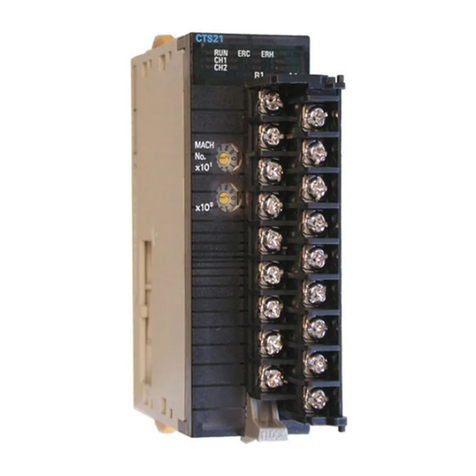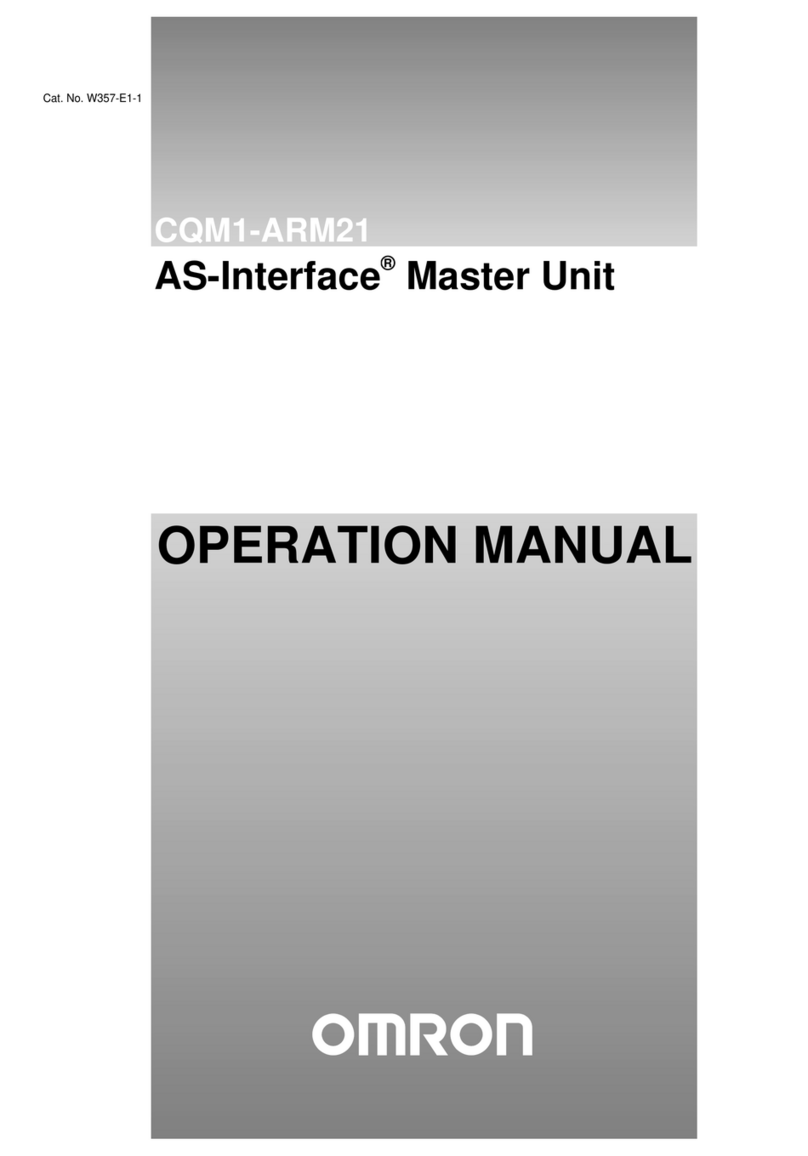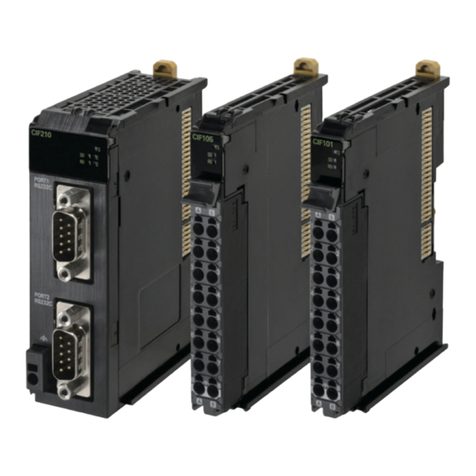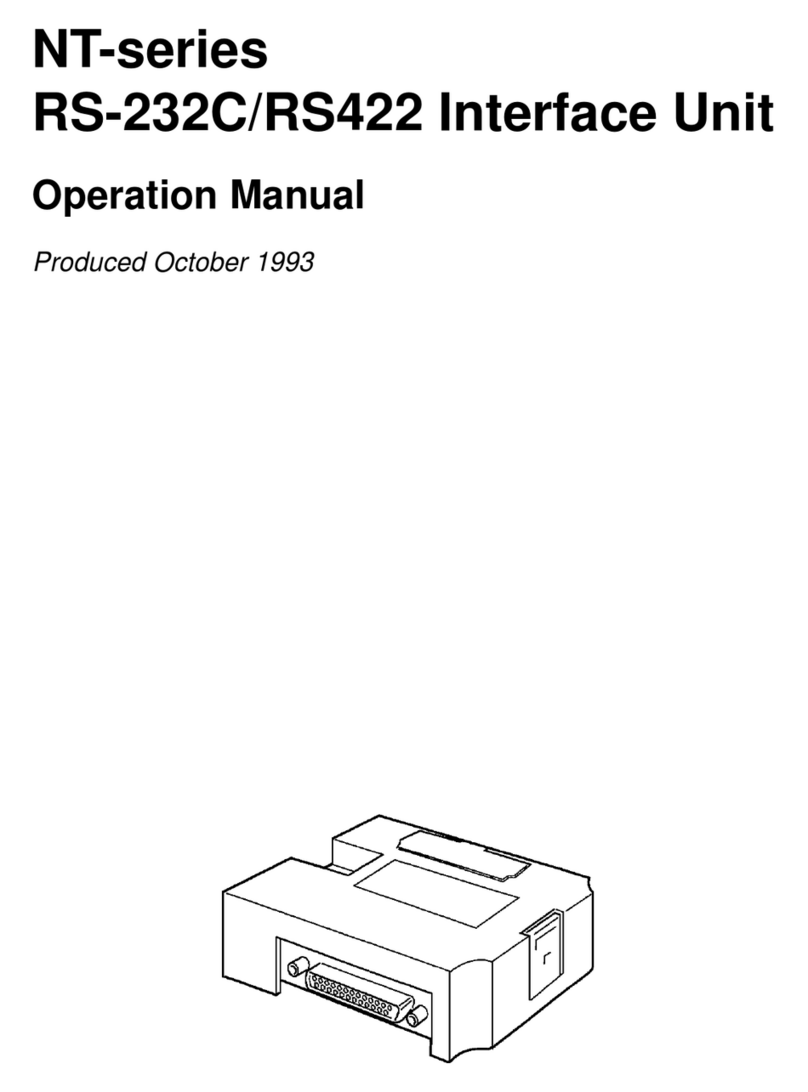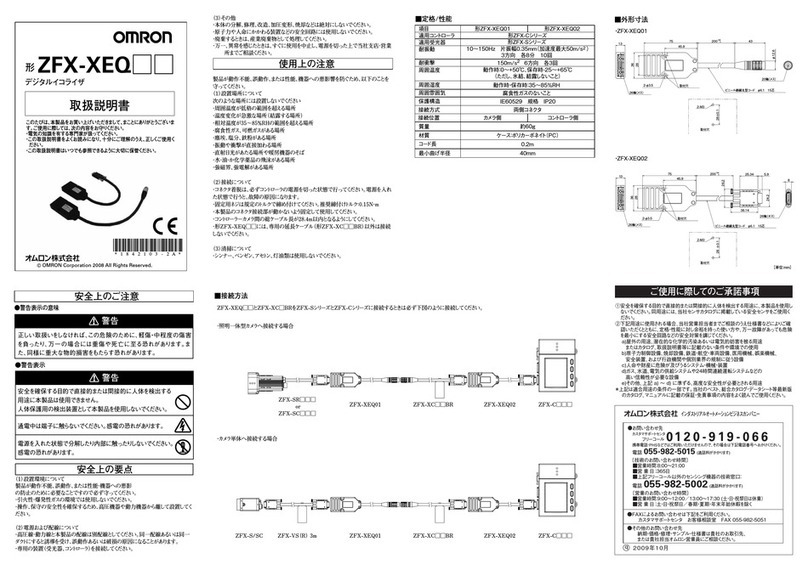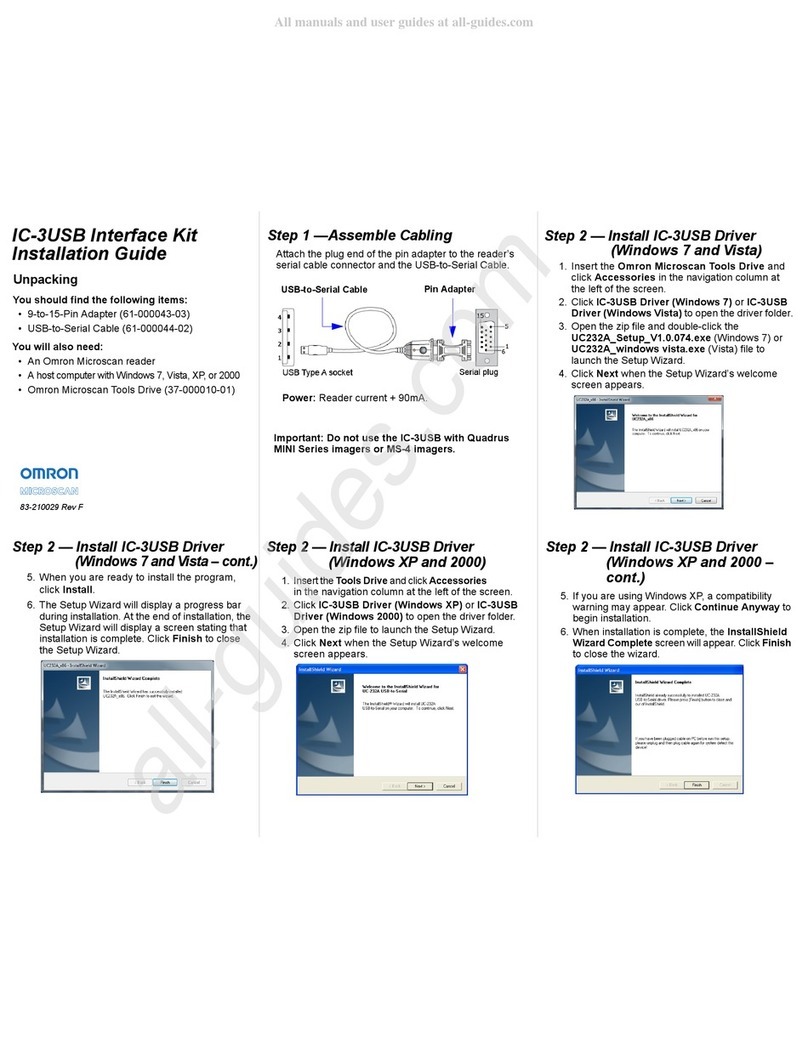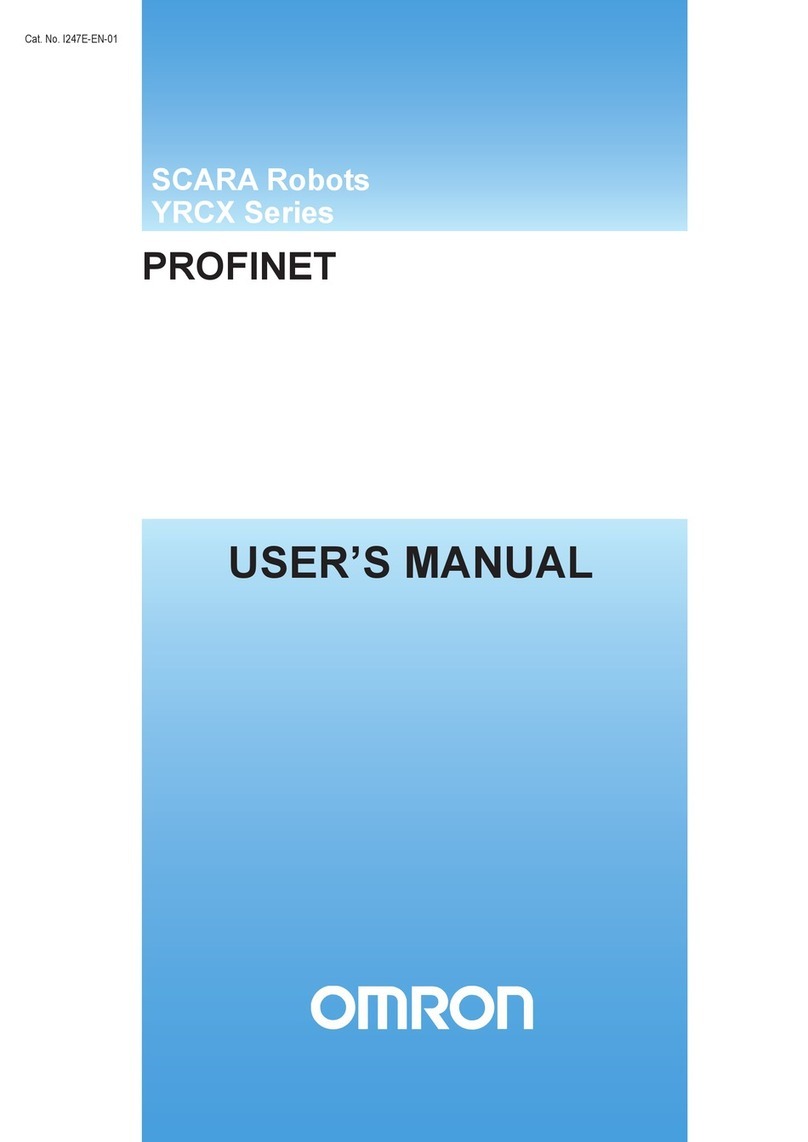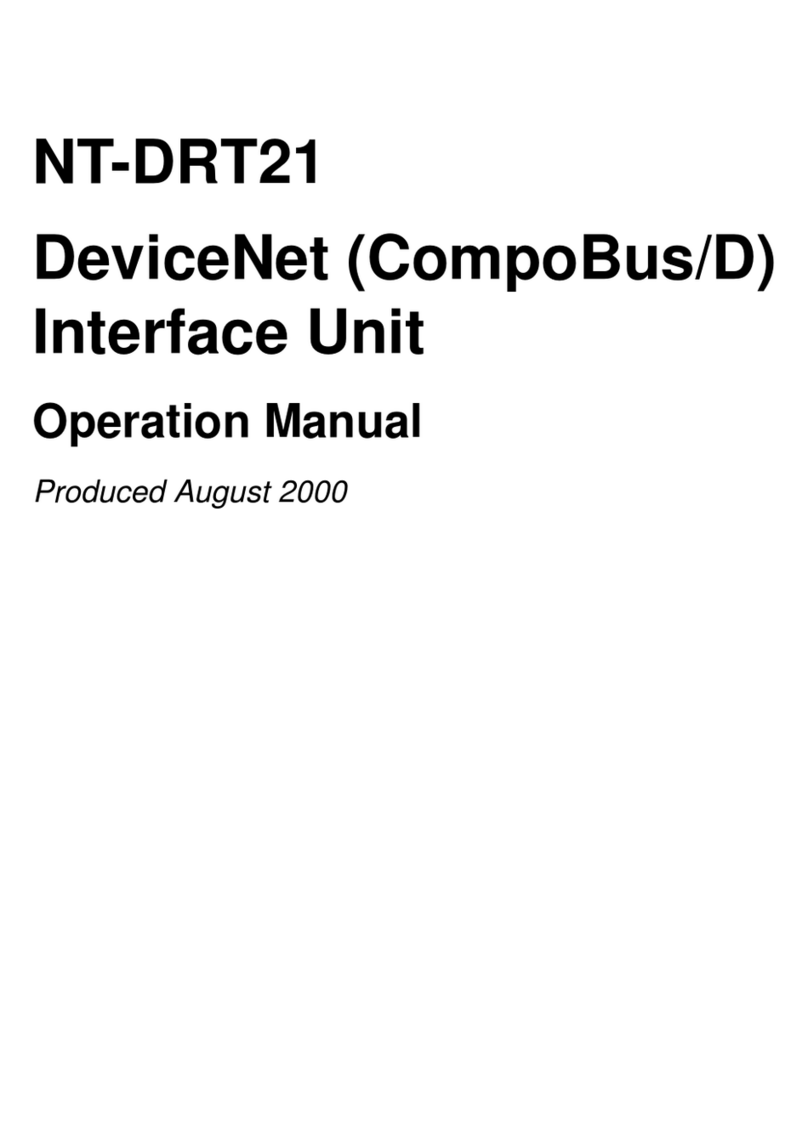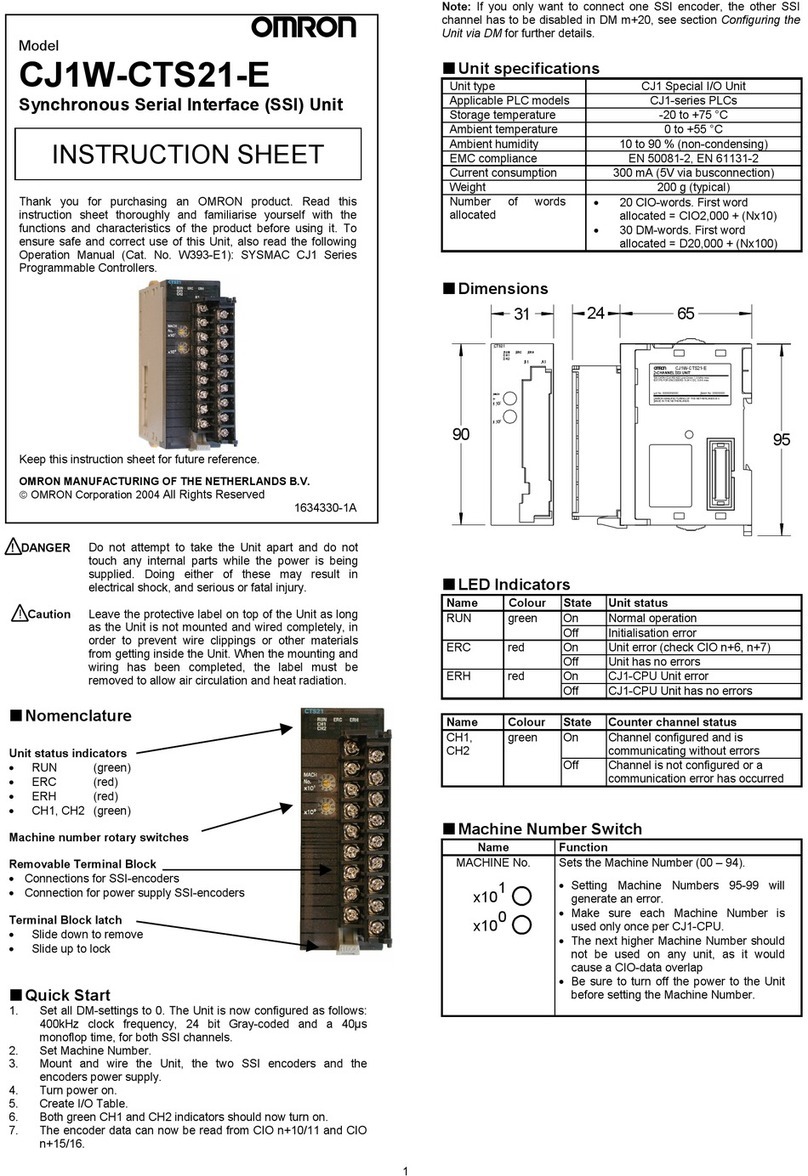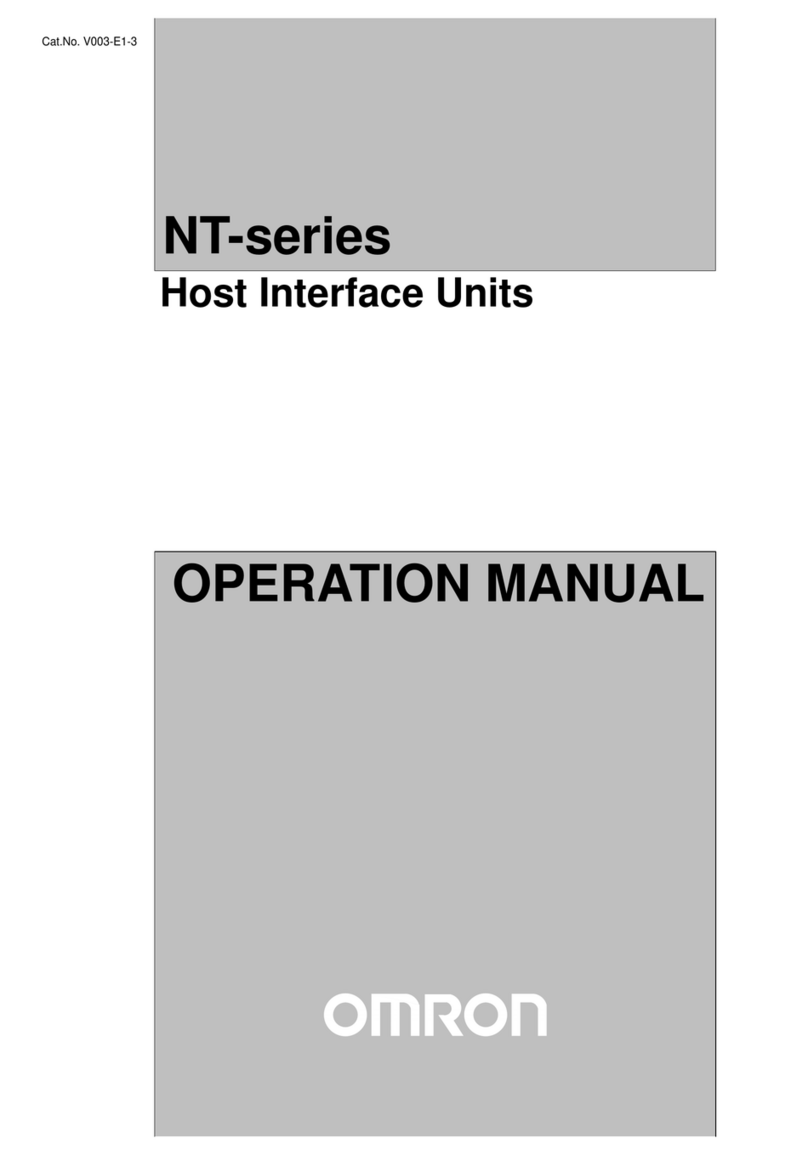
1 English
8TOMPYEUOQ2A03C AC Drive Q2A Installation and Operation Instructions
WARNING Electrical Shock Hazard. Do not make changes to the drive body or drive circuitry. Failure to obey can cause
death or serious injury and will void warranty. The manufacturer is not responsible for changes to the product made by the user.
WARNING Electrical Shock Hazard. Only let authorized persons install, wire, maintain, examine, replace parts, and
repair the drive. Failure to obey can cause death or serious injury.
WARNING Electrical Shock Hazard. Always ground the motor-side grounding terminal. Contacting the motor case can
cause death or serious injury from incorrect equipment grounding.
WARNING Electrical Shock Hazard. Do not work on the drive or around the drive while wearing loose clothing or jewelry.
Tighten loose clothing and remove all metal objects such as watches or rings. Failure to obey can cause death or serious injury.
WARNING Electrical Shock Hazard. The leakage current of the drive will be more than 3.5 mA. The IEC/EN 61800-5-1:
2007 standard specifies that users must wire the power supply to automatically turn off when the protective ground wire
disconnects. Users can also connect a protective ground wire that has a minimum cross-sectional area of 10 mm2(copper wire)
or 16 mm2(aluminum wire). Failure to obey these standards can cause death or serious injury.
WARNING Sudden Movement Hazard. Remove all persons and objects from the area around the drive, motor, and load
before starting Auto-Tuning. The drive and motor can start suddenly during Auto-Tuning and cause death or serious injury.
WARNING Sudden Movement Hazard. Remove all persons and objects from the area around the drive, motor, and
machine area and attach covers, couplings, shaft keys, and machine loads before energizing the drive. Failure to obey can
cause death or serious injury.
WARNING Fire Hazard. Do not use the main circuit power supply (Overcurrent Category III) at incorrect voltages. Make
sure that the drive rated voltage aligns with the power supply voltage before energizing the drive. Failure to obey can cause
death or serious injury.
WARNING Fire Hazard. Do not put flammable or combustible materials on top of the drive and do not install the drive
near flammable or combustible materials. Attach the drive to metal or other noncombustible material. Failure to obey can cause
death or serious injury.
WARNING Fire Hazard. Tighten all terminal screws to the correct tightening torque. Connections that are too loose or too
tight can cause incorrect operation and damage to the drive. Incorrect connections can also cause death or serious injury from
fire.
WARNING Fire Hazard. Tighten screws against the bit at an angle in the specified range described in this manual.
Tightening screws at an angle outside of the specified range can cause damage the terminal block or start a fire if the
connection is loose.
WARNING Crush Hazard. Use a lifting mechanism made to move large drives when necessary. Failure to obey can
cause death or serious injury from falling equipment.
WARNING Electrical Shock Hazard. Do not cause a short circuit on the drive output circuit. Failure to obey can cause
death or serious injury.
WARNING Electrical Shock Hazard. Always use a type B Residual Current Monitor/Residual Current Device (RCM/RCD)
where a residual current operated protective or monitoring device protects against direct or indirect contact as specified by IEC/
EN 60755 The drive can cause a residual current with a DC component in the protective earthing conductor. Failure to obey can
cause death or serious injury.
WARNING Electrical Shock Hazard. Ground the neutral point on the power supply to comply with the EMC Directive
before turning on the EMC filter or if there is high resistance grounding. If the EMC filter is switched ON without the neutral point
being grounded or if there is high resistance grounding, it can cause death or serious injury.
WARNING Electrical Shock Hazard. Do not immediately energize the drive or operate peripheral devices after the drive
blows a fuse or trips an RCM/RCD. Wait for the time specified on the warning label at a minimum and make sure that all
indicators are OFF. Then check the wiring and peripheral device ratings to find the cause of the problem. Contact the
manufacturer before energizing the drive or peripheral devices if the cause is not known. Failure to obey can cause death or
serious injury and damage to the drive.
WARNING Fire Hazard. Install sufficient branch circuit short circuit protection as specified by applicable codes and this
manual. The drive is suited for circuits that supply not more than 100,000 RMS symmetrical amperes, 240 Vac maximum (200 V
Class), 480 Vac maximum (400 V Class). Failure to obey can cause death or serious injury.
CAUTION Crush Hazard. Do not hold the drive by the front cover or terminal cover. Tighten the screws correctly before
moving the drive. Failure to obey can cause minor to moderate injury.
CAUTION Burn Hazard. Do not touch a hot drive heatsink. De-energize the drive, wait 15 minutes minimum, and make
sure that the heatsink is cool to replace the cooling fans. Failure to obey can cause minor to moderate injury.
NOTICE Observe correct electrostatic discharge (ESD) procedures when touching the drive and circuit boards. Failure
to obey can cause ESD damage to the drive circuitry.
NOTICE Do not connect or disconnect the motor from the drive while the drive is supplying voltage. Incorrect
equipment sequencing can cause damage to the drive.
NOTICE Do not do a withstand voltage test or Megger test on the drive. Failure to obey can cause damage to the drive.
